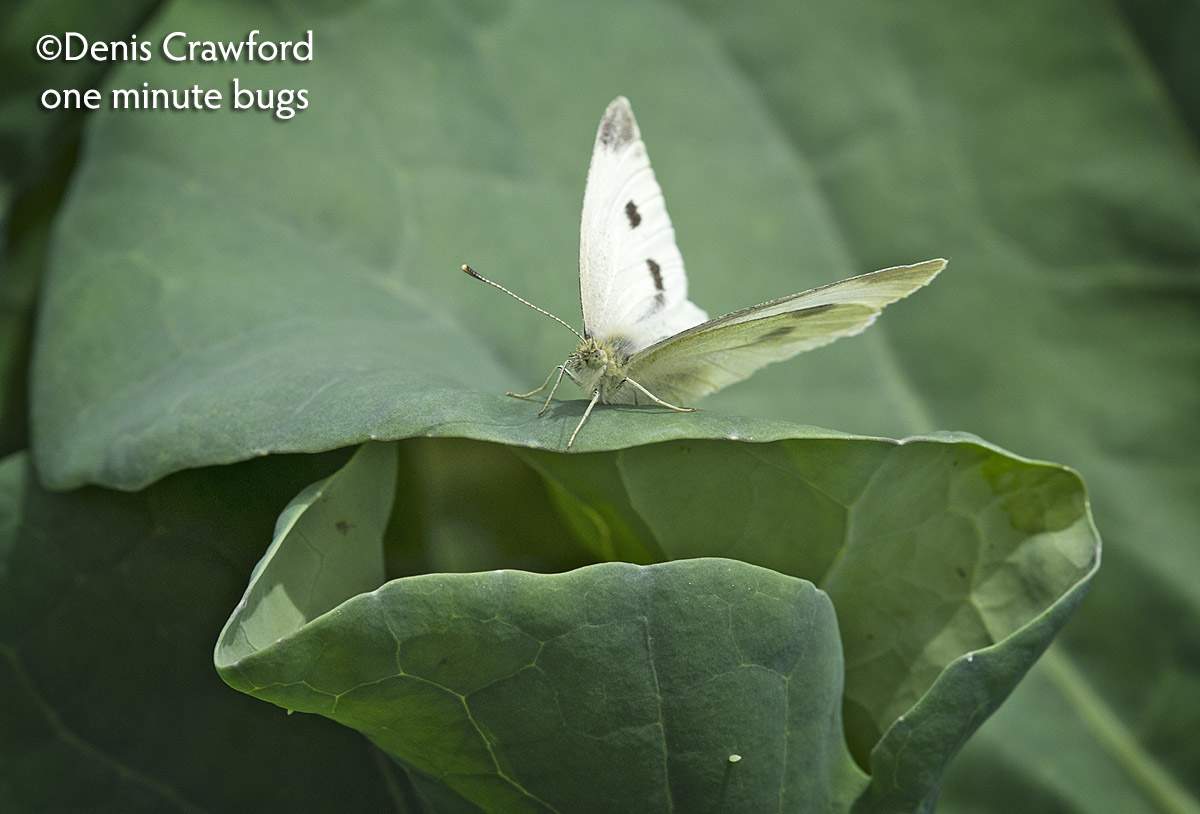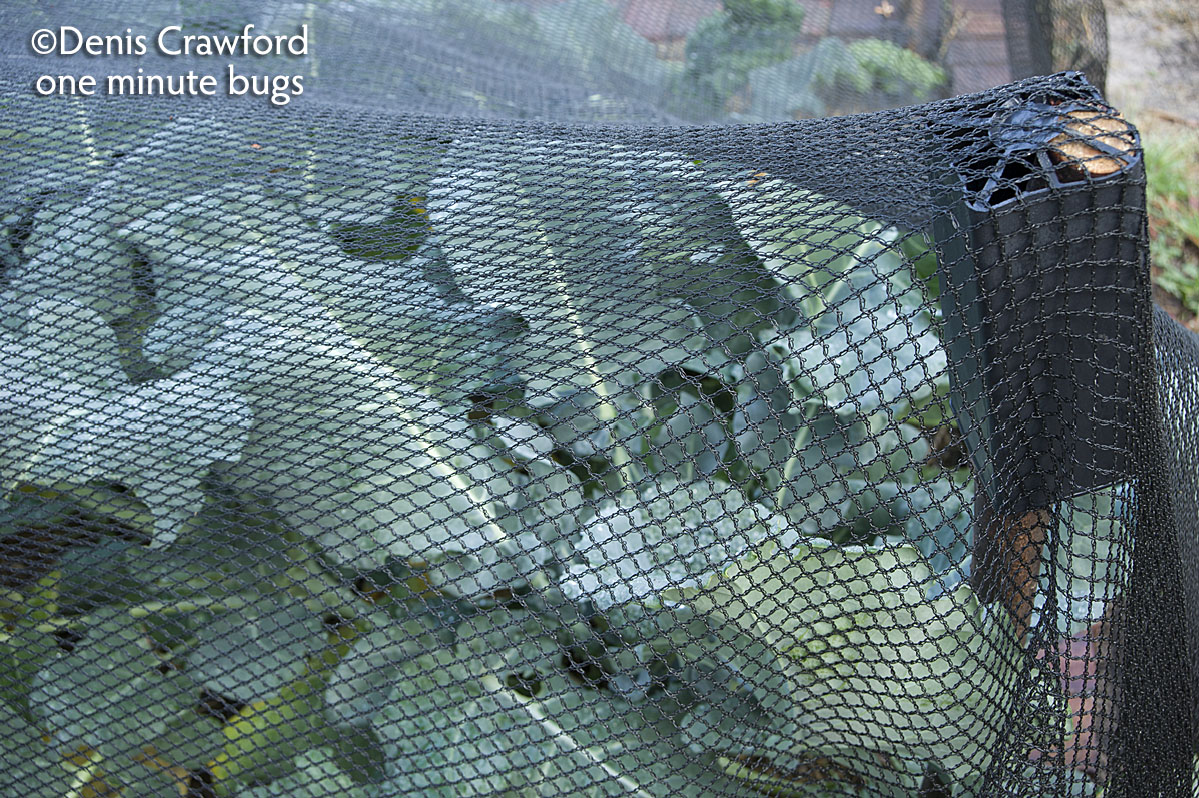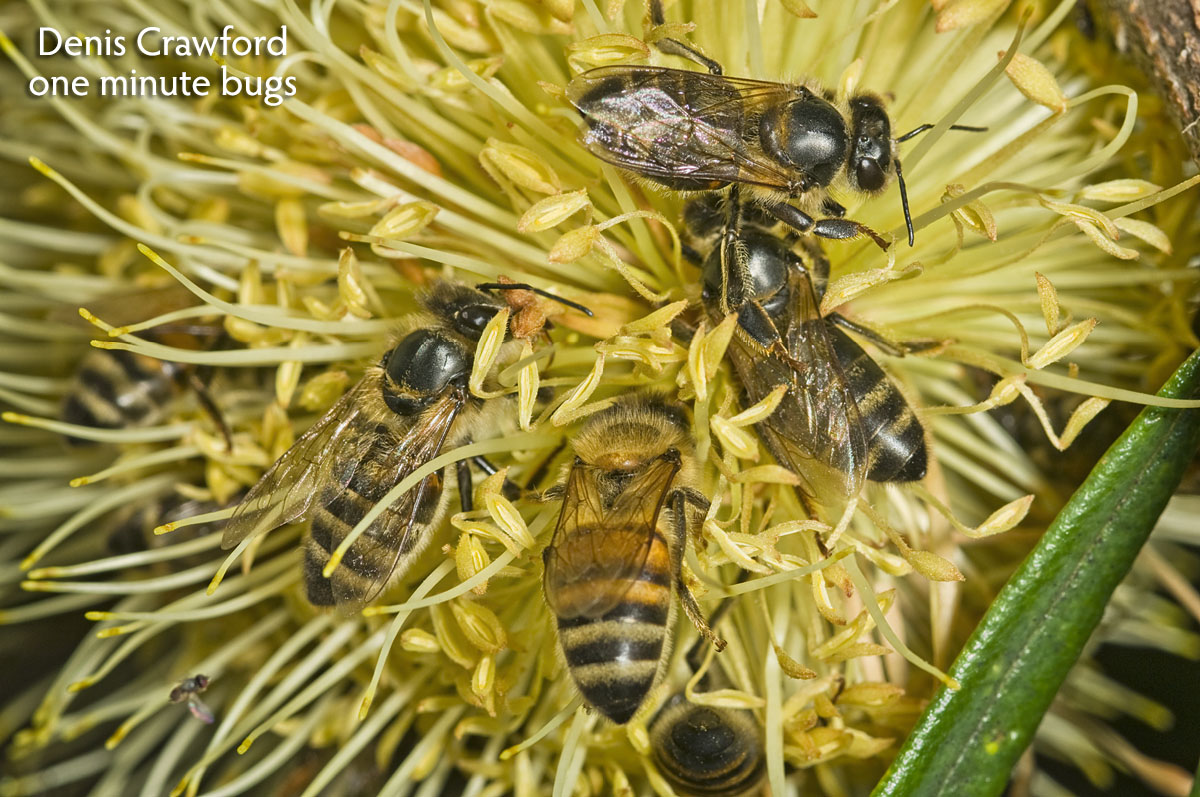Last night the Horticultural Media Association of Australia (HMAA) awards night (the ‘Laurels’) were held on Facebook Live. This article “Nullius in verba” won the Laurel in the Technical Category. The article was originally published in 2018 in Hort Journal Australia. Here it is again in its entirety, with some external links that should appear in blue.
——————————————-
Scientific facts often get lost among all the opinions, ‘alternative facts’, hyberbole, and ‘fake news’ of the digital age. This month’s Pest Files is dedicated to separating the facts from the myths.
Let’s start with something simple – the cabbage white butterfly (Pieris rapae) whose caterpillars are voracious munchers of brassica plants (kale, cabbage, broccoli, etc.). Many gardening magazines and blogs, and even some radio and TV gardening shows, reckon female P. rapae won’t lay their eggs when other females are present. The theory is that these butterflies are territorial and will avoid each other so there is little or no competition between their offspring. To protect your crop all you have to do is place a plastic white butterfly mimic amongst your brassica plants – or so the story goes.

I have been trying to debunk this myth for a long time. I have personally observed multiple cabbage white butterfly females laying eggs at the same time on the same leaf. Now I’ve got heavyweight backup – the Entomological Society of America. The authors (Gott et al, 2018) searched the literature for references to territoriality in cabbage white butterflies (male or female), and found none. They then field-tested the myth in several plots planted out to brassicas in two locations. A small white flag was placed next to a third of the plants, another third had a plastic white butterfly mimic placed next to them, while the remaining third of the plants had no item placed next to them. Eggs and larvae were counted on the plants in each plot and at each location over several weeks. Plants with and without items had the same numbers of eggs and larvae, and the results were the same between plots and between the two locations. Myth busted.
Why is this important? Pieris rapae is native to parts of North Africa, and Europe including the British Isles where it is known as the “small white” or the “small cabbage white”. It has invaded North America where it is known as “imported cabbageworm”, New Zealand where it is known as “white butterfly”, parts of Asia, and Australia. Such an invasive species needs to be controlled, and any purported control measure needs to work. The myth of the plastic white butterfly has been promulgated everywhere the real butterfly exists – and the method clearly doesn’t work! A quick and easy way to control cabbage white butterfly in gardens is to cover crops with a net of about 7mm (or less) mesh to prevent the females laying eggs. It’s 100% effective.

In his paper Lies, Damn Lies, and Viral Content Craig Silverman says in the digital age “lies spread much further than truth”. The plastic white butterfly is a case in point – it is easier to find the myth online (because it appears many times) than it is to find the scientific rebuff I have outlined above. The Executive Summary of Silverman’s paper makes for frightening reading. “Rather than acting as a source of accurate information, online media frequently promote misinformation in an attempt to drive traffic and social engagement” reads one sentence. Silverman adds “Many news sites apply little or no basic verification to the claims they pass on.”
Now for the so-called ‘bee-apocalypse’ or ‘bee-armageddon’. A simple Google search will reveal lots of websites with plenty to say on this subject – from the alarmist “imagine a world without bees” to the confusing “the honey bees are okay but our wild bees are dying” to other websites stating there is no bee-apocalypse at all. Confused?

This subject takes us back to Pest Files May 2017 where I talked about colony collapse disorder (CCD) and how cases of CCD in European honey bees (Apis mellifera) have declined over the last few years. Note that the disorder has never occurred in Australia. The United States Environment Protection Agency says “The number of losses attributed to CCD has dropped from roughly 60 percent of total hives lost in 2008 to 31.1 percent in 2013; in initial reports for 2014-2015 losses, CCD is not mentioned.” Scientists now agree that CCD was likely caused by a combination of environmental and biological factors, but nothing specific has been confirmed or proven. From what I have read the reduction in cases of CCD is probably due to improved management practices by beekeepers rather than anything else.
The data now shows the number of managed honey bee colonies is actually on the rise rather than declining (USDA 2017). ‘Bee-apocalypse’ is overstating the current situation, but that is not to say that it’s all hunky dory for honey bees and the people that manage them. Despite the increase in the number of colonies in the USA, many commercial beekeepers there are still reporting losses within their colonies due to various factors such as varroa mite and queen failure.
Beekeepers throughout the world face other challenges such as the effect of insecticides on their bees. We have been waiting with baited breath for the European Food Safety Authority to release its risk assessment of neonicotinoid insecticides and bees, which it did in February 2018. The conclusions are that most uses of neonicotinoid insecticides (clothianidin, imidacloprid and thiamethoxam) represent a risk to both honey bees and native bees. The report also concluded that neonicotinoid insecticides are persistent in the environment, particularly in soil. Neonicotinoid insecticide use is already restricted in Europe and following this recent report the EU may introduce a full ban – or may not. (NB: It did)
Insects are vital for the pollination of many plants. Honey bees (Apis mellifera) are the most well known, but they are certainly not alone. Australia has over 1,500 species of native bees and there are approximately 20,000 native bee species worldwide. Native bees, or ‘wild bees’ as some people refer to them, certainly face some of the same pressures as honey bees such as parasites, insecticides, habitat loss etc.. The species richness of native bees and other pollinators has declined over the past 50 years, with some species undergoing major declines and a few going extinct (Goulson et al. 2015). For example, Franklin’s bumble bee (Bombus franklini) of northern California hasn’t been seen since 2006 and may be extinct. That’s rather alarming, but then again this bee has the most restricted range of any bumble bee in the world. Its entire distribution can be covered by an oval of about 190 miles north to south and 70 miles east to west. With such a restricted range even minor habitat destruction and/or other disruptions are likely to have a devastating effect on that bumble bee.
The world’s biggest bumble bee Bombus dahlbomii is native to the Andes Mountains of Argentina and Chile. A queen of this species reaches 40mm in length and, because of its size and furry appearance, is referred to by locals as a ‘flying mouse’. But she’s in trouble. Non-native bumble bees (Bombus terrestris) were introduced into Chilean glasshouses to improve the efficiency of tomato pollination back in 1998. The exotic bees escaped and spread rapidly to now infest large parts of Argentina as well as Chile. The introduced Bombus terrestris carried the pathogen Apicystis bombi, which has spread to B. dahlbomii (our flying mouse) and has decimated its numbers – so much so that it may soon be extinct (Schmid-Hempel et al. 2014). “The European bumble bee could disrupt the ecological balance of southern South America to a major degree,” Professor Schmid-Hempel says, adding that he doesn’t see much that can be done to stop the bees from continuing to spread across the continent. NB: there have been several attempts in the past to import Bombus terrestris onto mainland Australia.

The threat to pollinators is certainly being taken seriously by The Intergovernmental Science-Policy Platform on Biodiversity and Ecosystem Services (IPBES). The IPBES Report (Potts et al. 2017) concludes pollinators are increasingly under threat from human activities, including climate change and pesticides. It notes that about 75% of our food crops and nearly 90% of wild flowering plants depend at least to some extent on animal pollination. It states “a high diversity of wild pollinators is critical to pollination even when managed honey bees are present in high numbers”.
The honey bee is the most studied of our pollinators, but knowledge of the status of the other 20,000 species is patchy at best. Dave Goulson of the University of Sussex suggests “taking steps to reduce stress on bees would seem prudent; incorporating flower-rich habitat into farmland, reducing pesticide use through adopting more sustainable farming methods, and enforcing effective quarantine measures on bee movements are all practical measures that should be adopted. Effective monitoring of wild pollinator populations is urgently needed to inform management strategies into the future”. (Goulson et al. 2015). That’s a more measured assessment of the situation than website headlines such as “America is one bad winter away from a food disaster, thanks to dying bees”. Here’s a link to that if you want to read it.
Of course bees, domesticated or otherwise, are not the only pollinating insects out there. Goulson’s stress reduction steps could equally apply to many species of butterflies, moths, beetles, wasps and flies which are also effective pollinators. We should endeavour to create a healthy environment for these important insects. The best way to encourage beneficial insects, be they pollinators, parasites, predators or recyclers, is to not kill them with insecticides.
Footnote:
Nullius in verba is the motto of the Royal Society and it translates as “take nobody’s word for it”. The motto is explained by the Society as “an expression of the determination of Fellows to withstand the domination of authority, and to verify all statements by an appeal to facts determined by experiment”. Perhaps we should all adopt such principles when reading material on the internet – especially the “take nobody’s word for it” bit.
A great and informative read thanks Dennis
You seem to have sorted all the trash from the fact and given me a clearer picture of the bee world, and provided we take some heed (stop habitat destruction and stop using so much insecticide) things are on a reasonable path to keep bees in our world.
Thank you.
Thanks Kaye, much appreciated.
Just what we need when the media is such a petridish for nurturing any thing that makes a good sound bite.
Awesome!